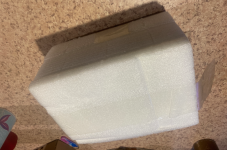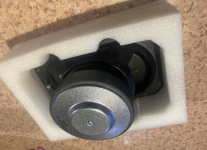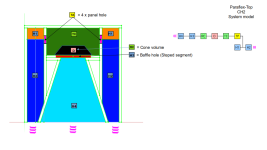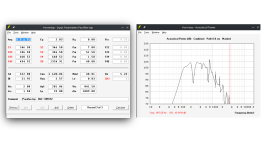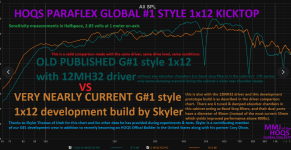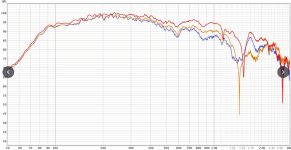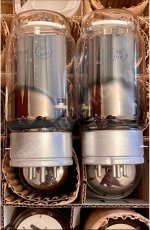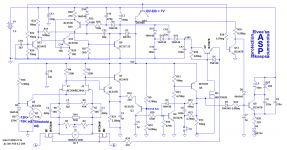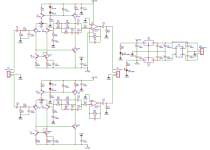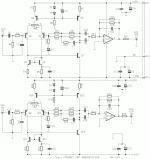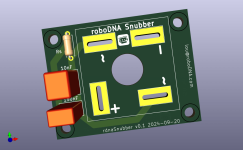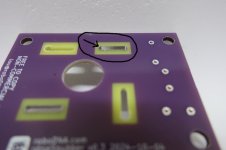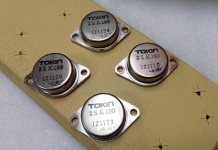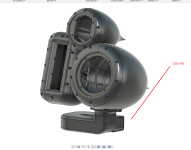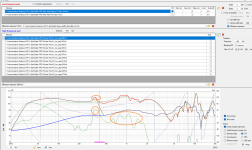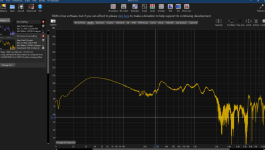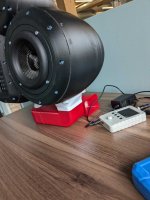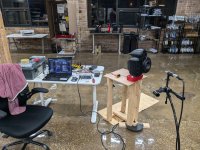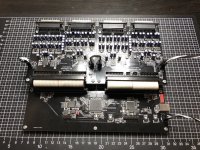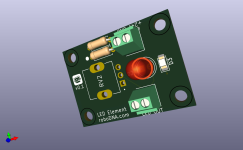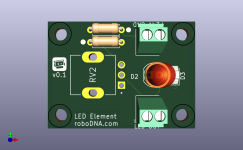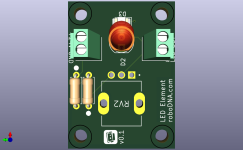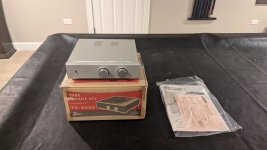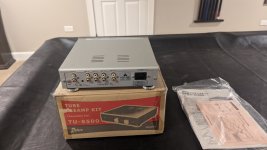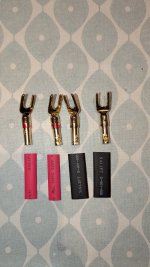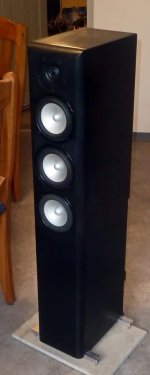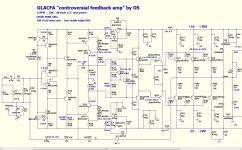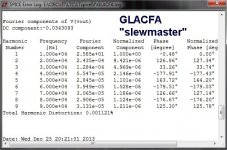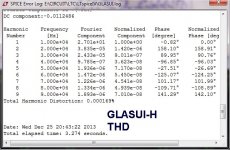Hi there,
Some times ago, I presented a tentative "Smart Fuse" for speakers:
http://www.diyaudio.com/forums/solid-state/255609-s-p-autonomous-speaker-protection-system.html
It was an exploratory, proof-of concept project, and although it did work, it had some issues, the main one being the current consumption, making it unpractical to use.
I have now solved these issues, and the version 2 is fully mature -and I am going to use it-
The excessive consumption of the version 1 was caused by the CMOS Schmitt trigger having its inputs biased in the linear region.
I therefore abandoned this solution, and at that stage, I had two options: use micropower circuits, comparators, opamps, regulators, etc. or opt for a completely discrete circuit.
I hesitated for a long time, but in the end I opted for the discrete path: there are plenty of micropower circuits around, but, they are mostly specialty circuits, specific to each manufacturer, generally not interchangeable or having alternate sources available, something I don't like very much.
The discrete circuit is significantly more complex, but it has excellent perfomances, can be built with commodity components and is extremely versatile and flexible.
The detection engine has remained the same, but all the rest has been modified.
The main innovation is the use of a power converter to generate the supply voltages.
The quiescent consumption of the whole circuit is ~175µA, thus apparently not an improvement over v1, except of course that this current is drawn from a single cell, which makes a huge difference: the capacity is much larger, and the power density is also improved compared to a multi-cell battery.
The converter is built around Q9 to Q12, and does not require custom magnetics: an ordinary, two-terminal choke is sufficient.
It is messy and and complex, but it is worth the trouble: it works from 0.85V to several volts, is regulated, has an efficiency of 80~90%, even at low output currents, and its no-load consumption is only a few microamps.
It generates the 8V used by most of the circuit, and the 16V for the gates drive, via a voltage doubler (a tripler actually, because of the very asymmetric nature of the waveform).
The trip indicator is now acoustic: a LED couldn't be driven directly from the cell, and connecting it to the converter would waste lots of power.
The buzzer driver is a single transistor oscillator, operating in "squegging" mode, to generate short tweets every two seconds.
It is very effective, providing more than 5Vpp to the piezo with a 1.5V supply, consuming only a few hundred of µA's.
Thus, even in the trip mode, the consumption remains well below 1mA.
The sound generated doesn't sound loud, because of the soft envelope of the bursts, but it is surprisingly audible: I can easily hear it over the 4 levels of my house.
It also serves as a low battery indicator, when the converter begins to loose the regulation.
The characteristics of the fuse can be tailored for any behavior: R19 sets the overall caliber, C1, C3, C4 and R6 to R8 dictate the frequency/DC sensitivity, while C2, C5, R21, R22 determine the temporal behavior.
The exact tripping threshold can be adjusted in several ways.
Although it will work on a AA battery (and last about 1.5 yr), I recommend a C or D size cell: the life will be practically the shelf-life.

